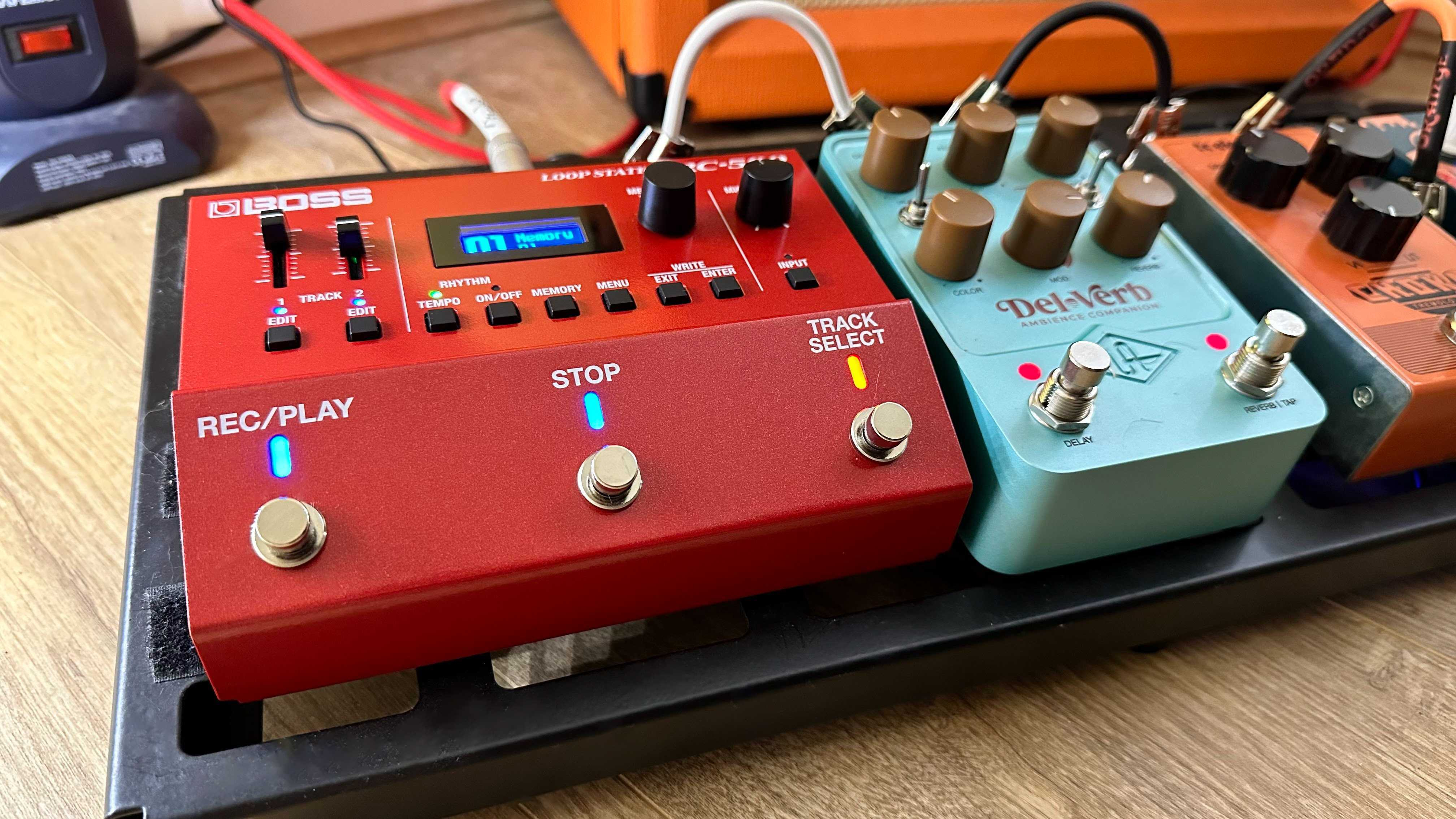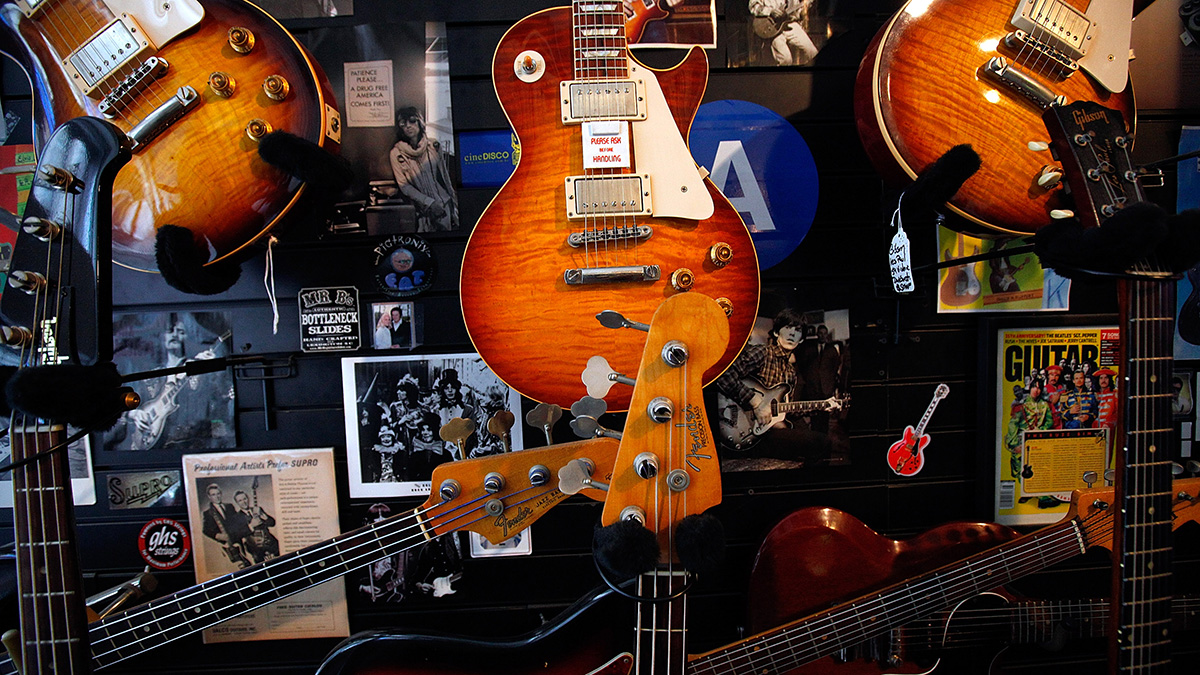Guitar World Verdict
The Boss RC-500 is simple enough for a beginner to get up and running quickly, yet offers excellent advanced features that give anyone upgrading from a smaller/older pedal plenty of reasons to get excited.
Pros
- +
An easy, accessible way into looping
- +
Great advanced functionality if needed
- +
Audio quality is superb
Cons
- -
Effects won’t be to everyone’s taste
- -
Some features require a bit of setting up
You can trust Guitar World
Nowadays, you’ll find looper pedals with varying degrees of complexity on the pedalboards of pretty much every kind of player. Some value them as a practice tool, laying down a basic chord progression over which they can work at expanding their lick vocabulary. For others, it's the creative opportunity offered through being able to layer up sounds on top of one another to create complex soundscapes. However they get used, the fact is that for many players, myself included, guitar loopers begin and end with Boss.
After spending some time with the Boss RC-500, the current intermediate looper offering from the company, it’s easy to see why it’s still top of the tree. Sitting above the RC-5 and RC-1 in terms of functionality and size, but not quite as fully featured as the spaceship-like RC-600, the Boss RC-500 offers a decent balance between excited immediacy and progressive functionality.
If you want it to do something as simple as layering chords and vocals, it can do that. If you want to link it up to a wider studio environment and have it sync up with synths and grooveboxes via MIDI, it can do that too. It even has some loop-friendly effects built in, and some neat tricks to help you take your phrases and import them into a DAW for production.
The form factor has changed from the equivalent older version; gone are the soft-touch footswitches, with the unit now resembling something much more robust. There are some other welcome additions and upgrades too, which we’ll outline in this Boss RC-500 review.
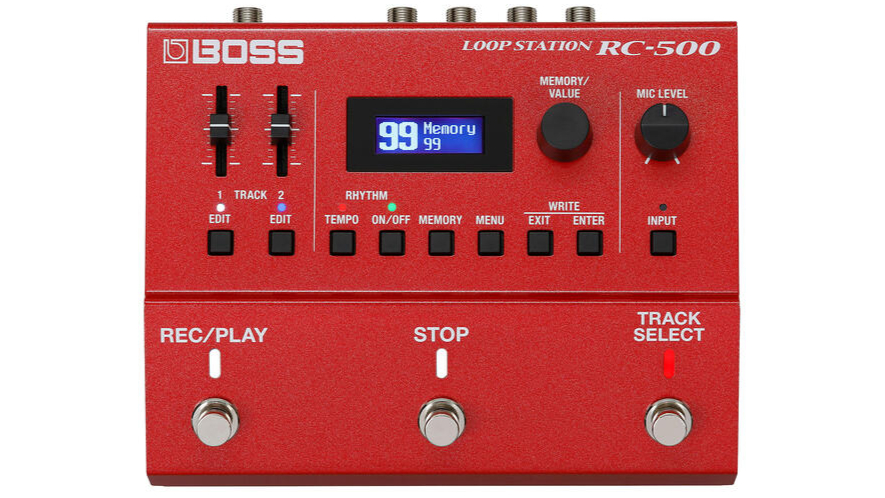
The first thing I'd point out is how much more bomb-proof this - and other Boss pedals - look these days. This new RC-500 looks well-suited to a life of being stomped on and has a pleasing heft to it. I was immediately drawn to the simplified footswitch layout, with single buttons for start/record, stop, and track select, and a nice suite of colour coding to give visual feedback on what I'd instructed the pedal to do.
It’s quite conceivable you could live a long and happy life with the RC-500 without ever reading the manual, such is its simplicity, and I like that a lot. That said, if you were to read the manual, you’d find the RC-500 has plenty of useful settings and parameters that will come in handy. Things like MIDI integration if you’re using an external clock source, or the ability to load up loops from a laptop.
Aside from the visual aesthetic, Boss has made great strides in improving the audio quality of the RC-500, when compared to its predecessors. Multi-layered loops on the older pedals started to take on a distinctly lo-fi feel as you added more and more loops, and not necessarily in a good way. To combat this, the RC-500 now features 32-bit AD/DA processing, meaning your loops will play back with pristine quality and clarity, regardless of how many new layers you introduce (up to a point).
I also like the full stereo in and out connections, and the fact the XLR connection has phantom power too, while a total of 13 hours of recording time and 99 save locations means you’ll have a way to go before you run out of space. And, even if you do, you can connect via USB to a laptop and import/export WAV files to your heart’s content.
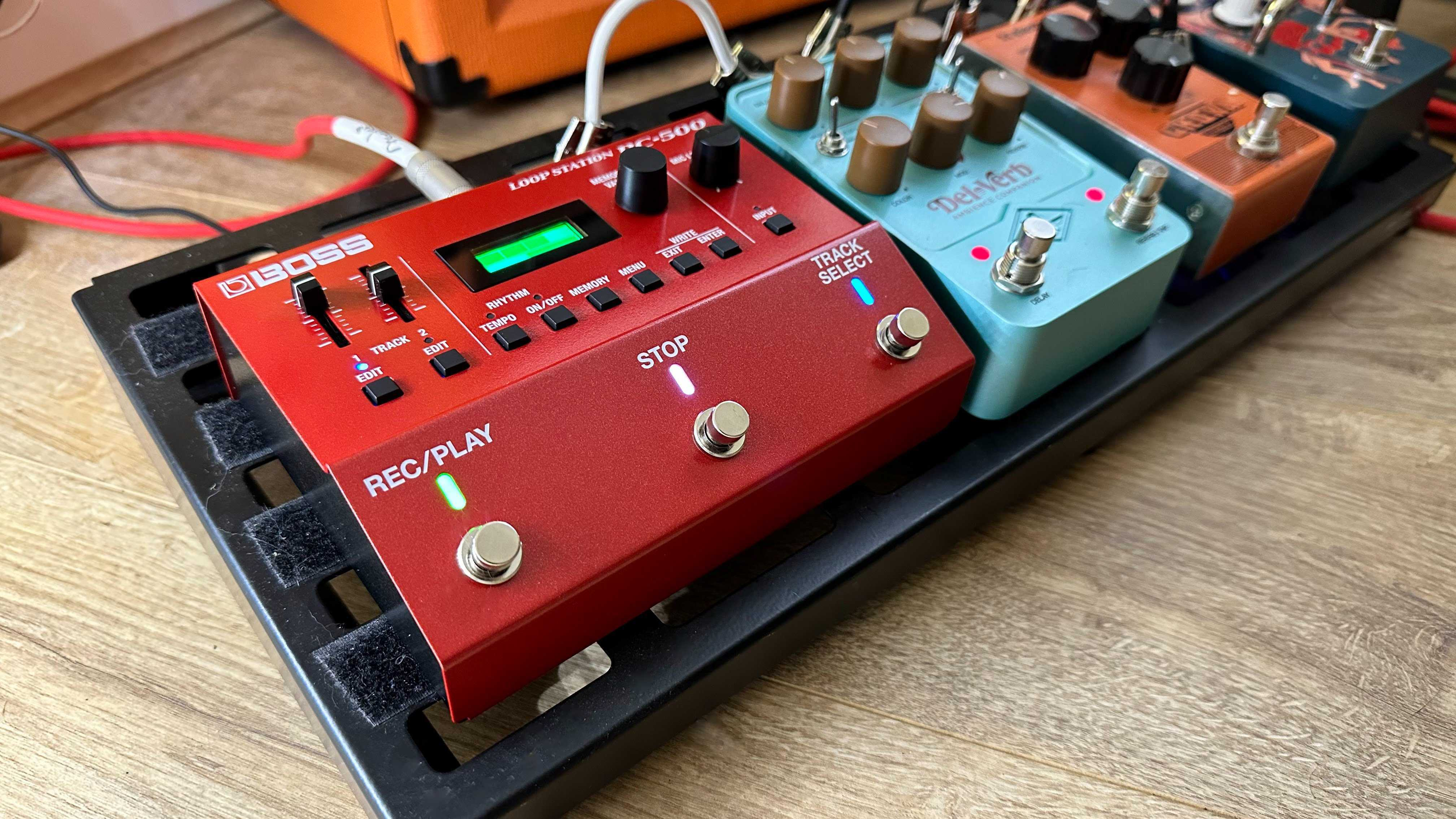
The RC-500 comes with effects built in, but don’t be getting excited about it replacing your usual pedalboard. There’s no reverbs or delays here. Instead, there's a small selection of looper-style effects, including reverse and beat-repeat style tricks which are cool, but I’m not sure they’ll be that useful for many guitarists in a real-world setting.
If I was being greedy I might ask if there was a way to offer an effects send and return in future iterations, whereby you could route the loop audio out for processing, but I realise that might be more to do with my unhealthy obsession with boutique reverb pedals than an actual feature-set normal people would use.
As with any pedal, the real question you should be asking is how you’re going to use it. Realistically, the RC-500 offers everything most people will need before you start getting into the realms of those hardcore loopers that look like they require an engineering doctorate to operate.
Do you want it to give you a simple, accessible way to practice? Then you’ll love the built-in drum machine with 57 different preset rhythms. Maybe you’re looking for a reliable tool you can take on the road? In which case you’ll be happy it can operate on four AA batteries and can be pre-loaded with backing tracks from a laptop.
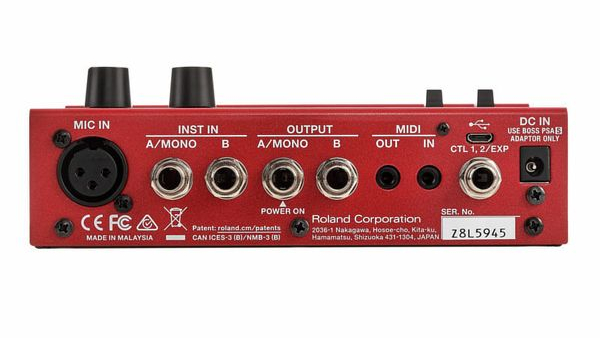
The Boss RC-500 can do all of these things and it can do them with ease. If I was to mark it down, I’d say some of the more advanced functionality takes a bit of getting used to. MIDI integration, for example, is solid once it’s set up but it took a bit of effort for me to sync the pedal’s clock with a hardware drum machine.
I’d also suggest, for live performance, you might be better looking towards the larger Boss RC-600 which offers more in the way of inputs and connectivity but will come with a steeper learning curve.
And, in possibly the biggest first-world problem ever to grace this site, I would highlight how much easier the older pedals were to use without wearing shoes. While the newer switches are undoubtedly more robust and reliable, they’re also not great for those of us who prefer to play in our socks. I’m aware this may be a niche problem, but one worth raising regardless.
For the majority of players though, the Boss RC-500 is pretty much the perfect package and is therefore easy to recommend.
Specifications
- Processor: 32-bit AD/DA and 32-bit floating-point processing
- Loop time: Stereo looper engine with 13 hours of recording time
- Display: LCD with multi-color backlight
- Connections: Mono/stereo inputs plus independent XLR mic input with phantom power, MIDI I/O with mini TRS jacks
- Effects: Reverse function and Loop FX (repeat, scatter, shift, and vinyl flick)
- Rhythms: 16 different drum kits and 57 preset rhythms with A/B variations
- Memory: Onboard storage for 99 phrase memories
- Power: Runs on four AA batteries or optional AC adaptor
- Contact: Boss
Chris Corfield is a journalist with over 12 years of experience writing for some of the music world's biggest brands including Orange Amplification, MusicRadar, Guitar World, Total Guitar and Dawsons Music. Chris loves getting nerdy about everything from guitar gear and synths, to microphones and music production hardware.
“Sonically excellent… we found that it could be a viable substitute for our vintage 1970s pedals”: Hamstead x That Pedal Show Redwing Analogue Stereo Modulator review
“The original Jordan Boss Tone was probably used by four out of five garage bands in the late ’60s”: Unpacking the gnarly magic of the Jordan Boss Tone – an actual guitar plug-in that delivers Dan Auerbach-approved fuzz
